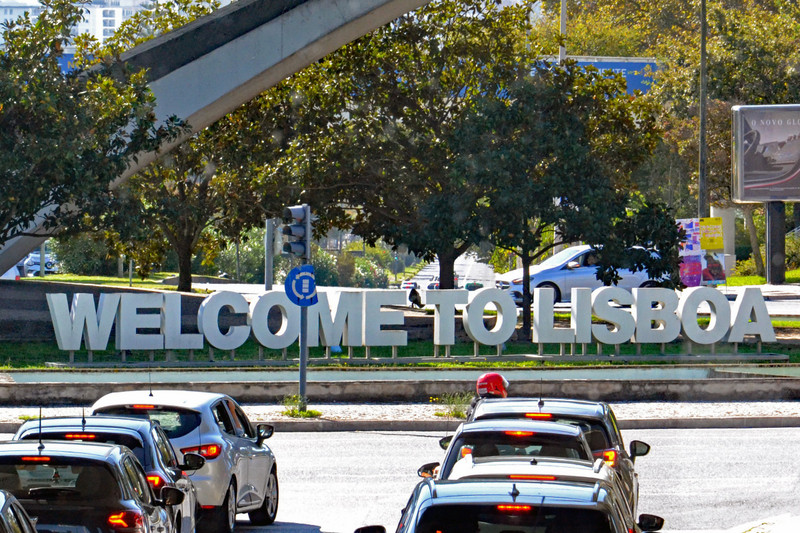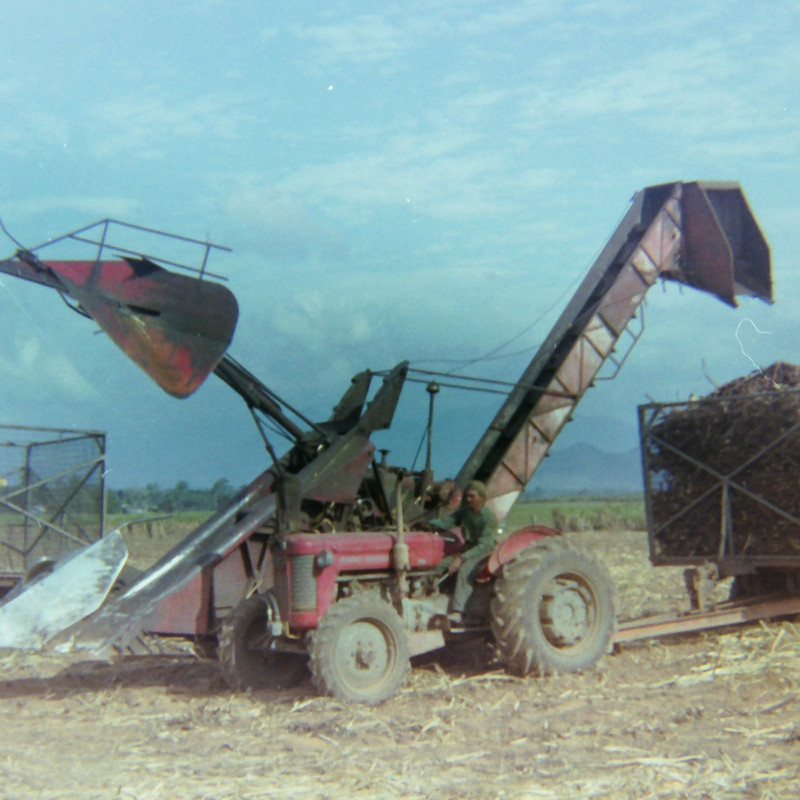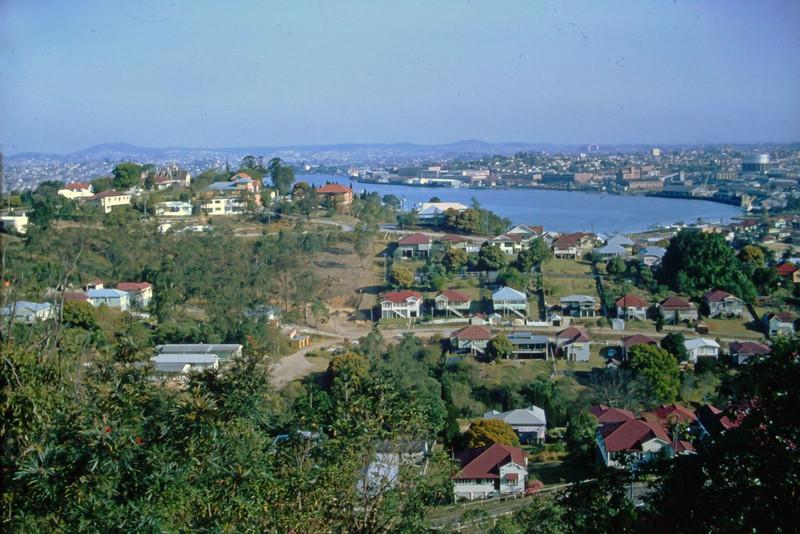I am a true believer in Central Coast wines. My only problem is that their price tags tend to emulate their big brothers up in Napa and Sonoma. Nevertheless, lets look a little deeper in the central coast. Wine Folly says: The Central Coast is a large American Viticultural Area (AVA) that extends from the south of San Francisco all the way to Santa Barbara, California. The region contains 40 AVAs including Paso Robles, Santa Cruz Mountains, Monterey, and Santa Barbara and each of these specializes in different types and expressions of wine. While the Central Coast may not have the same namesake as Napa Valley, it does happen to produce some of Californias most intriguing, wines. To explore each region, their varieties, and what makes each area unique, well take you on a virtual driving tour through Central Coasts wine scene.
As a whole, the Central Coast is planted with 90,300 acres (36.500 hectares) of vineyards. Currently, the most widely planted variety is Chardonnay. Pinot Noir and Syrah are also quite prevalent.
to the Pacific. The benefit of being along the coast is that the cold, moist air gets pulled in and creates a layer of morning cloud cover which reduces temperatures and sun exposure on the grapes. This is why cool climate varieties such as Chardonnay and Pinot Noir excel in the coastal regions of the Central Coast AVA.
Specifically, I am focused on the central coast: San Luis Obispo: Edna Valley and Arroyo Grande Valley are the 2 AVAs in SLO that produce outstanding, rich Chardonnay and Pinot Noir wines. Paso Robles: One of the most exciting regions for Syrah and other Rhne varieties on the West Coast. The area also produces a great deal of smoky, and satisfying Cabernet Sauvignon.
Paso Robles is a wine region for the The town El Paso de Robles (which means Pass of the oak trees) was by Kentucky outlaws Frank and Jesse James uncle Drury around 1869. Today, Paso Robles is still considered by many as the wine industrys wild west, characterized by that same rule breaking diversity and innovative spirit in which the town was founded.
Factoid: Paso Robles is Californias fastest growing AVA. Since 2000, the number of bonded wineries has grown from 50 to over 200, driven by growth in ownership by small producers.
Paso Robles makes an amazing diversity of wines, but which ones should you be seeking out? The key styles of Paso Robles wine to pay attention to can be summed up into 5 categories:
Zinfandel and blendsCabernet Sauvignon and blendsRhne Blends including Syrah, Grenache and Mourvdre, as well as including Sangiovese, Nebbiolo and BarberaInnovative Blends – wine blends
Basic Taste Profile: Opulent, red wines with a plush high alcohol levels, and a suprisingly firm backbone of acidity that will make you sit up straight in your seat. Paso Robles wines are typically enjoyed in their youth, although the best ones do stand the test of time.
More about Paso cabs: The Paso style strives to Big and Bold, making more richly textured, opulent, Cabs and Bordeaux blends with flavors of anise, cola, peppercorns, finishing with textured minerality and bright acidity. Contrary to popular belief, although the heritage of Paso Robles lies with Zinfandel, today over 55% of all vines planted are devoted to Cabernet Sauvignon and Bordeaux Varieties (Merlot, Cabernet Franc, Petit Verdot.) Originally planted in 1974 by the Godfather of Paso, Gary Eberle, Cabernet Sauvignon quickly found its home in this warm climate region. Whatever you believe, and whatever you drink, I strongly urge you to give the central coast wines an tasting. Why not visit? We are headed here today, both to get out of the Valley heat, and enjoy the food and wine on the coast.









